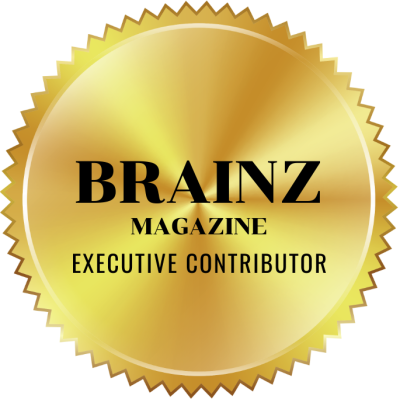 The person on the phone wants to go over the contract she sent you. This is THE call you’ve been waiting for! However, looking at your cluttered desk and the bags full of paperwork waiting to be filed, you have no idea where the document might be.
The person on the phone wants to go over the contract she sent you. This is THE call you’ve been waiting for! However, looking at your cluttered desk and the bags full of paperwork waiting to be filed, you have no idea where the document might be.
You bluff your way out of the conversation (“Can I call you right back? I was on the other line when you called.”) and spend 30 minutes hunting for the paper. When you finally find it, you notice the stickie reminding you of action you were to have taken on the document last week. Yikes.
Now, where is her phone number? It’s on the back of this envelope, right? Maybe it was on the back of today’s lunch receipt…
Pretty scary! The wasted time and energy. The harsh self-criticism. The stress and embarrassment. The lost opportunities.
This office nightmare comes to life countless times every day by people who miss or ignore the direct connection between organization and success. It’s not just that organization allows you to move more easily around the office. Organizing your office and work life helps you fulfill your own potential and that of your company.
“Organizing is the process by which we create environments that enable us to live, work and relax exactly as we want to,” writes Julie Morgenstern, in her book, Organizing from the Inside Out. “When we are organized, our homes, offices and schedules reflect and encourage who we are, what we want and where we are going.”
For most people, the three biggest obstacles to an organized office and work life are: clutter (paper and email), planning and follow-through, the latter two being more an issue of time management. And while a disorganized office can be much like a disorganized schedule—overly packed, haphazard, limited in space or hours—it makes sense to organize space and paper first. Below are some tips for tackling office clutter.
If you’re starting from scratch—organizing the entire office and creating a new system—Morgenstern advises to first analyze the situation, taking an overall look at space, furnishings, equipment, supplies and types of paperwork. Ask yourself five questions:
1. What’s working? It’s helpful to know what’s not “broken” so that you don’t spend time fixing it. Also, a little “good news” is nice to hear.
2. What’s not working? Take a big picture approach here. It takes forever to get things done, because I can’t easily find what I need, so I work a lot of overtime.
3. What items are most essential to you? What do you need to have at hand? What papers represent the crux of your business?
4. Why do you want to get organized? These are the benefits you will derive from an organized office/desk. Less anxiety, more energy for work, more room for work.
5. What’s causing the problems? Some of the most common sources of office clutter: inconvenient or insufficient storage, no designated “home” for things, perception of not enough time to get or stay organized.
The next step is to strategize how to approach the things that are not working and their underlying problems. There are dozens of organization methods and systems; one might be just right for you, or you may be best served by mixing and matching ideas. In addition to Morgenstern’s, here are some books to consult for ideas:
The Well-Ordered Office: How to Create an Efficient and Serene Workspace, by Kathleen Kendall-Tacket
Organize Your Office! Simple Routines for Managing Your Workspace, by Ronni Eisenberg
The Office Clutter Cure: How to Get Out from Under It All, by Don Aslett
Organizing Your Work Space: A Guide to Personal Productivity, by Odette Pollar
File…Don’t Pile: A Proven Filing System for Personal and Professional Use, by Pat Dorff
Taming the Paper Tiger at Work, by Barbara Hemphill
For many, the biggest problem lies in maintaining an organization system. Stephanie Winston, author of Organized for Success, studied the habits of a cross-section of high-level executives across the United States, and recommends a relentless, laser-focused approach to processing paperwork—and even electronic communication—so that it doesn’t build up:
• Toss it. (Delete, if electronic.)
• Refer it. (Forward.)
• Act on it personally.
• File it. (Archive.)
To arrive at any kind of a sustaining system, Morgenstern writes, it’s important to understand and work with or around psychological obstacles to a clutter-free environment. These may include:
- Unclear goals and priorities. Organizing is about defining what’s important and setting up a system to reflect that.
- Fear of success/fear of failure. Disorganization may be a convenient way to hold back.
- Need to retreat. Clutter can be a protective shield to keep others at a safe distance.
- Fear of losing creativity. A common myth is that creative, “right-brained” people need to work in chaos to produce high-quality work. Balderdash!
- Need for distraction. Clutter can provide a convenient excuse to avoid uncomfortable issues or unwanted tasks.
- Need for perfection. Often, people won’t deal with clutter until it can be done perfectly. Translation: It will never get done.
Identifying these obstacles to an organized office and work life can go a long way toward creating an effective, lasting solution to clutter and disorganization. Along the way, you might just find yourself fulfilling your potential, too!




